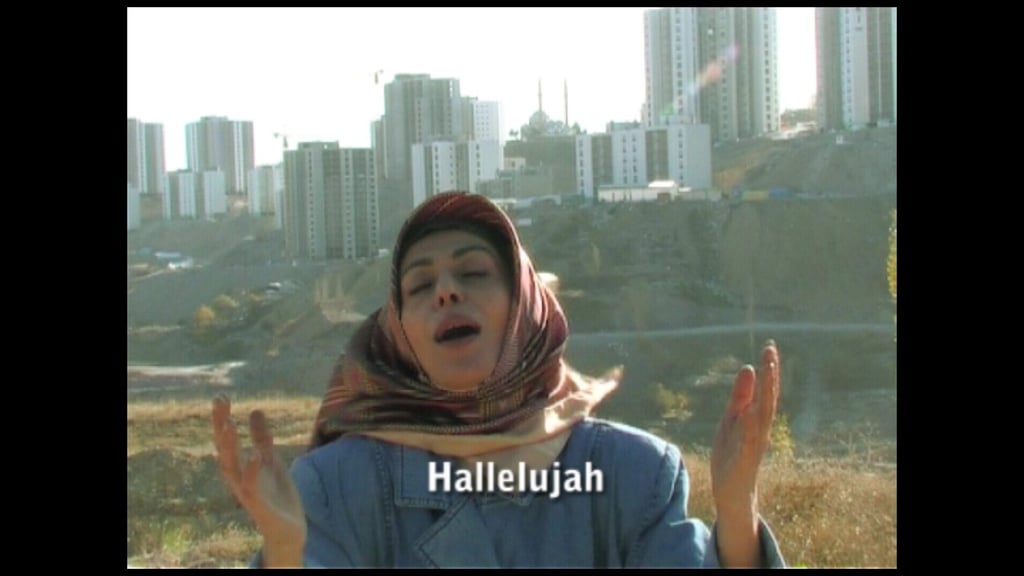‘I felt so vulnerable. I almost cried’: Leonard Cohen’s Hallelujah lip-synced on video by a woman in Turkey inspired Hong Kong art gallery founder
- Turkish artist Ferhat Özgür’s video shows a woman in a headscarf lip-syncing to the Leonard Cohen song Hallelujah with Ankara construction sites as a backdrop
- Calvin Hui of 3812 Gallery saw it in an abandoned building in Berlin, and was immediately moved by the video, returning the next day to watch it again

Turkish artist Ferhat Özgür’s 2008 video installation I Can Sing, a wry commentary on the erasure of cultural identity in the face of Western homogenisation, depicts a woman in a headscarf lip-syncing to Jeff Buckley’s cover of Leonard Cohen’s “Hallelujah” against the sprawling backdrop of contemporary Ankara.
Calvin Hui, co-founder and chairman of the Hong Kong- and London-based 3812 Gallery, which specialises in modern and contemporary Chinese art, tells Richard Lord how it changed his life.
I first saw it at the 6th Berlin Biennale, in 2010. I was there purely as a visitor. I collected art for a long time before I started the gallery.
It’s a work that has had a strong impact on me till now. It powerfully depicts a woman wearing traditional Islamic clothing standing among the debris of an urban housing development set against the unfinished landscape of Ankara.

It was shown on the top floor of an abandoned industrial building on the Oranienplatz that had been filled with a lot of installations and video works. When I arrived at the top floor, it was like walking into an unfinished construction site.
Then you hear this sensational voice singing Hallelujah. You see this video of a woman lip-syncing and it was super powerful. Watching it, I felt so vulnerable. I almost cried in front of the screen. It was on a loop, and I kept watching. I even came back on another day to watch it again.